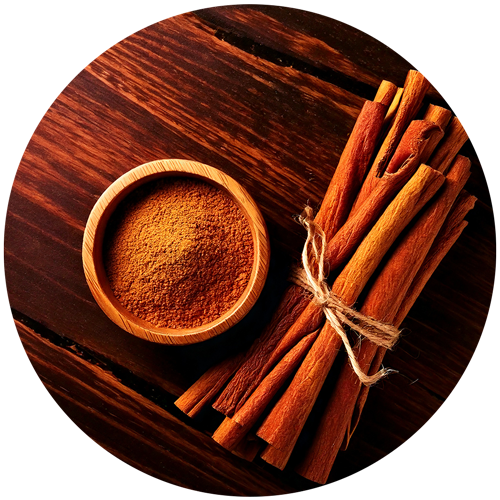

CINNAMON
Cinnamomum zeylanicum Blume Upper airways
Upper airways  Toning
Toning  Premenstrual syndrome
Premenstrual syndrome  Cardiovascular system
Cardiovascular system  Blood glucose
Blood glucose  Menopause
Menopause  Slimming
Slimming  Liver function
Liver function  Digestion
Digestion  Appetite
Appetite  Antioxidant
Antioxidant Cinnamon bark, Cinnamomum verum, is a spice rich in antioxidants, traditionally used for digestive comfort and glycemic balance.
Our references
Regulations
and analysis
Identification : TLC
Data on traditional use
Cahier de l’agence du Médicament (France) :
- Traditionally used to aid digestion
- Traditionally used for temporary fatigue
- Traditionally used to ease weight gain
Canadian monograph :
- Used as a source of antioxidants
German monograph :
- Used for loss of appetite, dyspeptic disorders such as gastrointestinal tract spasms, bloating and flatulence.
Association ideas by health benefice
Select one or more axes:
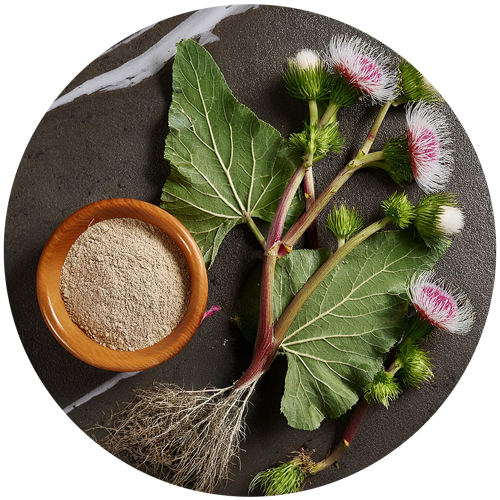
BURDOCK
Arctium lappa L.
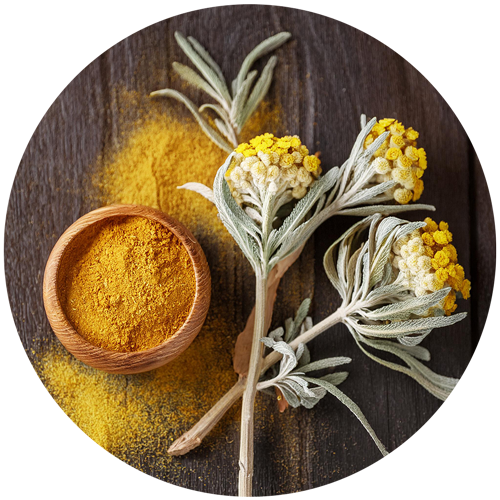
HELYCHRISUM ITALICUM
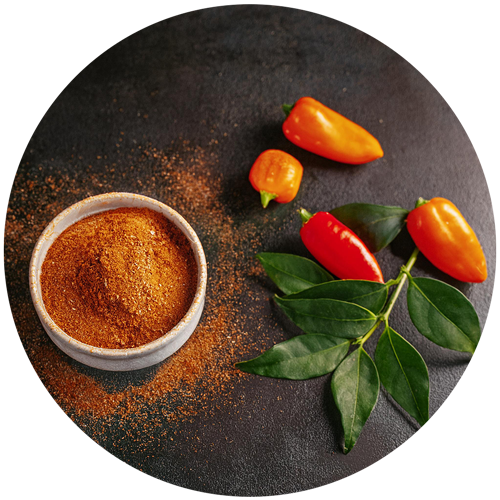
CAPSICUM

SAGE
Salvia officinalis L.
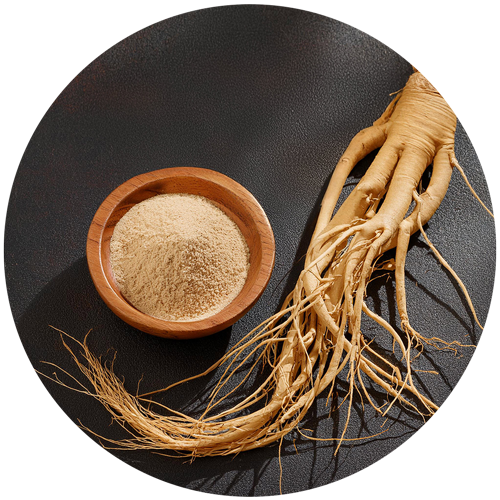
GINSENG
Panax ginseng C.A. Meyer

RECOVERA balances energy and glucose metabolism
Opuntia ficus-indica (L.) Mill
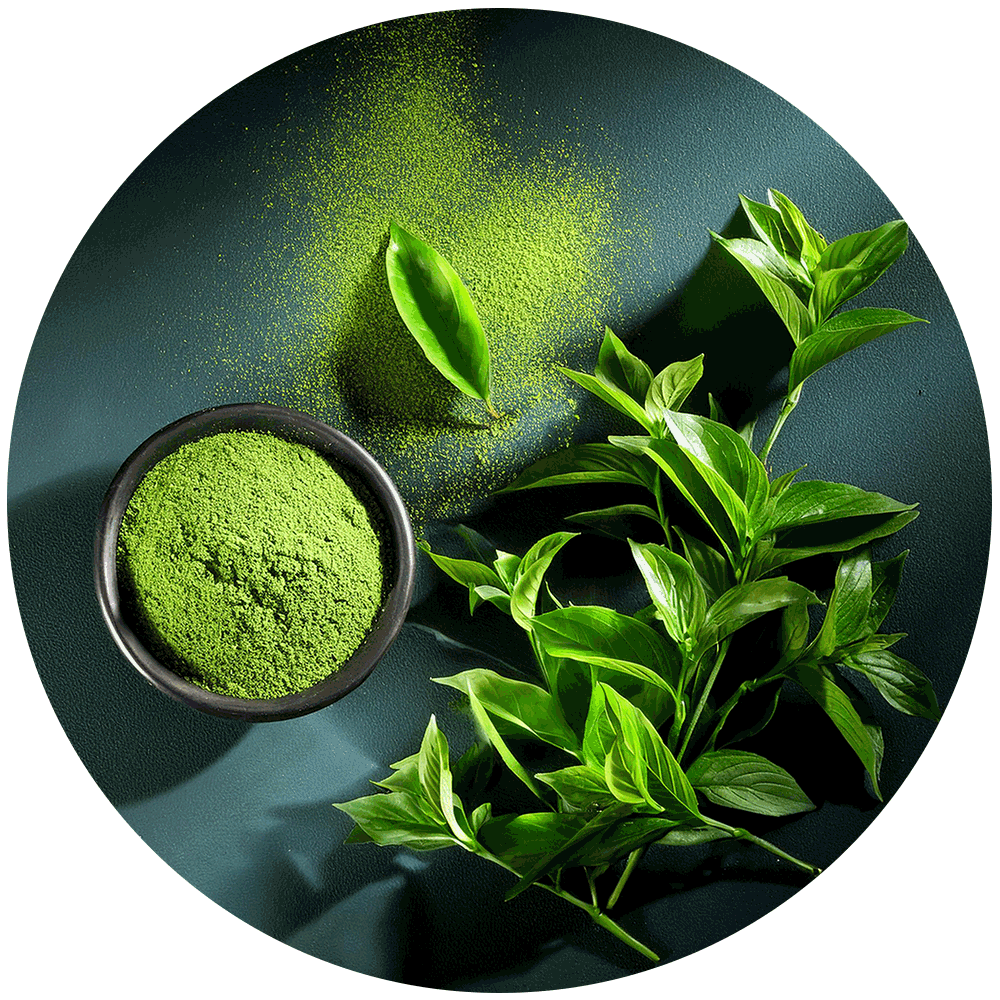
GREEN TEA
Camellia sinensis Kuntze

KOLA
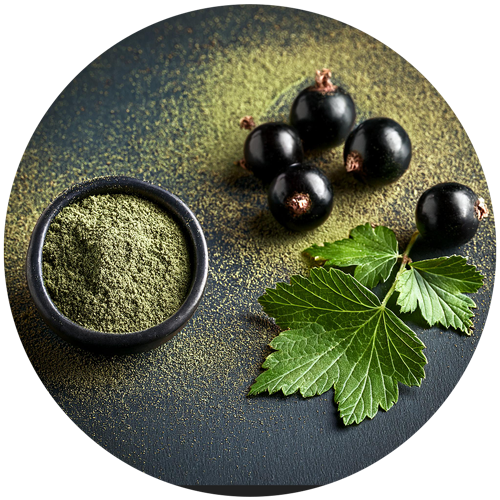
BLACKCURRANT
Ribes nigrum L.

MARSHMALLOW
Althaea officinalis L.
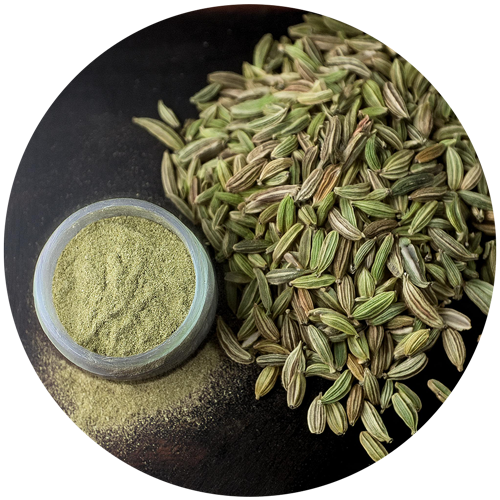
SWEET FENNEL
Foeniculum officinale L.
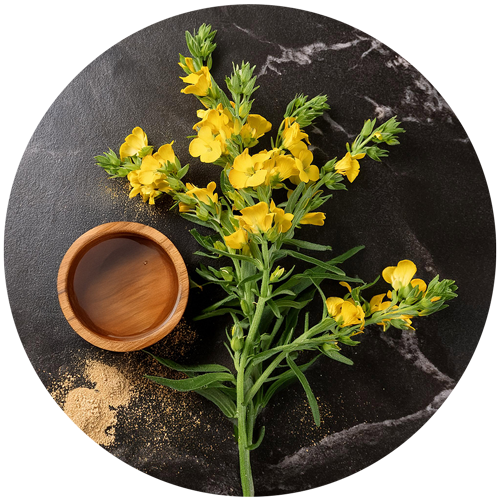
ERYSIMUM

Detailed description
Cinnamon, from the inner bark of the Cinnamomum verum (or Ceylon cinnamon) tree, belongs to the Lauraceae family. Native to Sri Lanka, it has been used for centuries as a spice, but also for its functional properties in the context of general well-being.
Its bark is naturally rich in bioactive compounds, including polyphenols, flavonoids and aromatic aldehydes, particularly cinnamaldehyde. These substances give cinnamon recognized antioxidant properties, helping to protect cells against oxidative stress and contributing to natural defense mechanisms.
Research suggests that cinnamon extracts can help manage glycemic balance by supporting insulin sensitivity and regulating carbohydrate metabolism. Cinnamon is also traditionally associated with digestive comfort, thanks in particular to its carminative properties.
It is also being studied for its potential to promote lipid balance, in particular for its role in modulating total cholesterol and triglycerides in certain populations.
- Roghayeh Zare, et al, Clin Nutr . 2019 Apr;38(2):549-556. doi: 10.1016/j.clnu.2018.03.003
- Said S Moselhy, et al, Biol Res . 2009;42(1):93-8. Epub 2009 Jun 11
